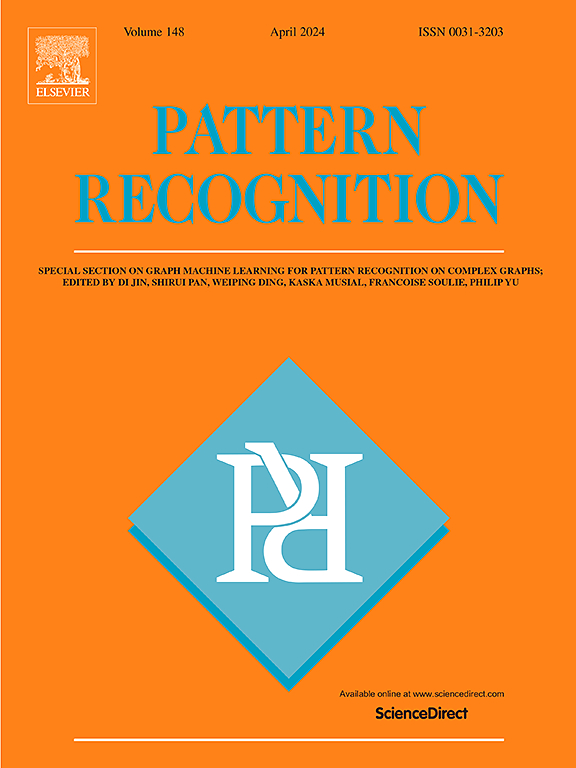AGFormer: An anchor-guided transformer for class imbalance in remote sensing change detection
IF 7.5
1区 计算机科学
Q1 COMPUTER SCIENCE, ARTIFICIAL INTELLIGENCE
引用次数: 0
Abstract
Remote Sensing Change Detection (RSCD) aims to assess changes by comparing two or more images recorded for the same area but taken at different time stamps. Mainstream research improves the representation of models through the optimization of model architecture design, ignoring the importance of correcting classifiers. However, the issue of class imbalance in the RSCD field inevitably introduces biases into the classifier, damaging the model performance. In this paper, we propose an Anchor-Guided transFormer-based model, named AGFormer, to address this problem. Specifically, the HAR (Hypersphere Anchor Regularization) calibrates the classification layer from an anchor view, which ensures both inter-class separability and intra-class balance between compactness and diversity by initializing class anchors on the hypersphere and applying similarity-based contrastive learning in different phases. In addition, a disentanglement anchor optimization strategy is designed to avoid the influence of class imbalance in the RSCD field. By supervising the main features and calibrating classifiers with mapped class anchors, more discriminative representations and robust classifiers are obtained. In addition, we design the CEM (Change Enhancement Module) based on flow to highlight the changed features. The proposed HAR and CEM are plug-and-play and can be integrated into existing architectures. Extensive experiments are conducted on four benchmark datasets, and state-of-the-art performance is achieved by the proposed AGFormer. All the codes are available at https://github.com/jiaenchen2024/AGFormer.
AGFormer:遥感变化检测中类不平衡的锚导变压器
遥感变化检测(RSCD)旨在通过比较在不同时间戳拍摄的同一地区的两张或多张图像来评估变化。主流研究通过优化模型架构设计来提高模型的表示,忽略了校正分类器的重要性。然而,RSCD领域的类不平衡问题不可避免地会给分类器引入偏差,从而损害模型的性能。在本文中,我们提出了一个基于锚导变压器的模型,命名为AGFormer,以解决这个问题。具体来说,HAR (Hypersphere Anchor Regularization)从锚点视图校准分类层,通过在超球体上初始化类锚点并在不同阶段应用基于相似性的对比学习,确保类间可分离性和类内紧凑性与多样性之间的平衡。此外,设计了一种解纠缠锚优化策略,以避免类不平衡对RSCD领域的影响。通过监督主要特征并使用映射的类锚标定分类器,可以获得更具判别性的表示和鲁棒性的分类器。此外,我们还设计了基于流程的变更增强模块(CEM)来突出变更的特性。提议的HAR和CEM是即插即用的,可以集成到现有的架构中。在四个基准数据集上进行了大量的实验,所提出的AGFormer达到了最先进的性能。所有的代码都可以在https://github.com/jiaenchen2024/AGFormer上找到。
本文章由计算机程序翻译,如有差异,请以英文原文为准。
求助全文
约1分钟内获得全文
求助全文
来源期刊

Pattern Recognition
工程技术-工程:电子与电气
CiteScore
14.40
自引率
16.20%
发文量
683
审稿时长
5.6 months
期刊介绍:
The field of Pattern Recognition is both mature and rapidly evolving, playing a crucial role in various related fields such as computer vision, image processing, text analysis, and neural networks. It closely intersects with machine learning and is being applied in emerging areas like biometrics, bioinformatics, multimedia data analysis, and data science. The journal Pattern Recognition, established half a century ago during the early days of computer science, has since grown significantly in scope and influence.
 求助内容:
求助内容: 应助结果提醒方式:
应助结果提醒方式:


